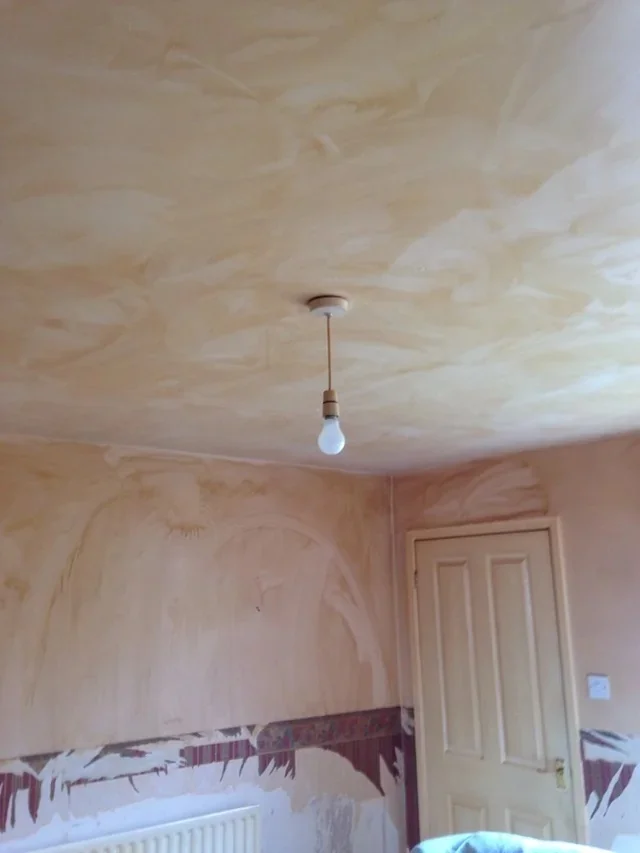Does Vaping Leave Residue on Walls? And How to Prevent It?

Most people are aware that traditional smoking leaves yellow stains on surfaces over time, the most noticeable effect being the yellowing of teeth.
But what about vaping, the widely used alternative to smoking?
When you vape, the device heats a liquid (commonly called e-liquid or vape juice) to produce an aerosol that is often referred to as 'vapor', which you then inhale.
At first glance, vapor may seem cleaner than smoke, but can it still leave residue on your walls?
In this article, we’ll explain how vaping vapor can affect your walls and how you can prevent stains, discoloration, and buildup from forming indoors.
Can Vaping Cause Stains on Your Walls?

Yes, If you vape for an extended period of time (years) in a poorly ventilated room with the windows and doors closed, a thin, sticky film will build up on the walls.
This colorless, sticky substance attracts dust, dirt, and grime over time.
Vaping produces vapor that is not just water vapor but an aerosol made largely of vegetable glycerine (VG), nicotine, flavorings, and other chemicals.
This vapor is transparent yet slightly greasy, similar to the fog created by fog machines, and it contains tiny oily particles rather than just moisture.
Walls are porous surfaces with tiny 'caverns' in which these ultra-fine vapor particles can easily settle and accumulate.
Unlike smooth surfaces, walls trap vape residue deep inside their pores, making the buildup harder to clean and more damaging over time.
How to Prevent Walls from Being Stained?
If you vape indoors, there are several practical steps you can take to minimize or prevent residue buildup on your walls:
1. Ensure Proper Ventilation
It might be a good idea to at least keep a fan running. Any airflow through your home—whether from air conditioning, air purifiers, or ceiling fans—will help reduce vapor buildup.
If possible, vape near a window or door to let vapor escape.
2. Clean Surfaces Frequently
Stains typically form after prolonged accumulation of vape residue.
Wipe down your walls, furniture, and other surfaces regularly to stop residue from building up and becoming more difficult to remove.
Blot the stain with a damp cloth and repeat until it fades. If it is still visible, add some detergent to the cloth, then continue to blot and rinse with clean water.
3. Avoid Colored E-Liquids
Colored e-liquids are known to cause more noticeable stains on walls, curtains, and even teeth. Opt for clear or lightly tinted e-juice to reduce staining risk.
4. Consider Zero-Nicotine E-Liquids
Nicotine is one of the main culprits behind staining. If possible, use nicotine-free e-juice.
While this isn’t a practical option for everyone, it's worth noting that it can significantly reduce discoloration on surfaces.
5. Repainting is an Option
If your walls do become stained from long-term indoor vaping, don’t worry—it’s not permanent. Simply repainting the affected areas is an easy and effective solution.
Final Thoughts
While vaping may seem cleaner than smoking, it can still leave behind a sticky, colorless residue—especially in poorly ventilated areas over time.
This film attracts dust and grime, leading to dull or dirty-looking walls.
Fortunately, by practicing good ventilation, cleaning regularly, and making mindful choices with your e-liquids, you can easily prevent buildup and keep your indoor space looking fresh.
And if staining does occur, a simple repaint can restore your walls with minimal hassle.
For more articles:The 10 Best Dab Pens & Wax Pens to Buy in 2025
